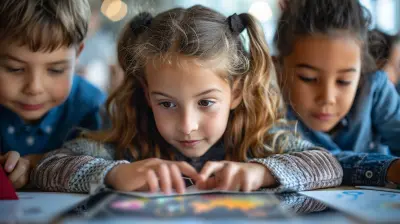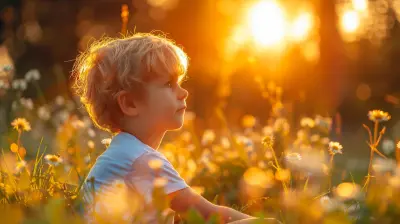Using Art to Explore Identity and Self-Discovery in Adolescents
20 July 2025
Adolescence—ah, the glorious, messy rollercoaster of self-discovery. One minute, you're convinced you'll be the next big rockstar; the next, you're contemplating a career as a marine biologist because, well, dolphins are cool. This phase of life is a time of deep questioning, shifting friendships, and lots (and I mean LOTS) of emotional turbulence.
But here’s the real kicker: identity is not something you just wake up one day and figure out. It’s a lifelong journey, and for teens? It’s the ultimate mystery novel, one they’re writing themselves.
So, where does art come in? Well, if words fail and conventional self-reflection feels too heavy, art becomes the perfect outlet. Whether it’s painting, music, dance, or photography, creative expression offers a way for teenagers to uncover who they are—without feeling like they have to have all the answers right away.
Let’s dive into why art is such a powerful vehicle for self-discovery and how it helps shape adolescents into more self-aware, confident individuals. 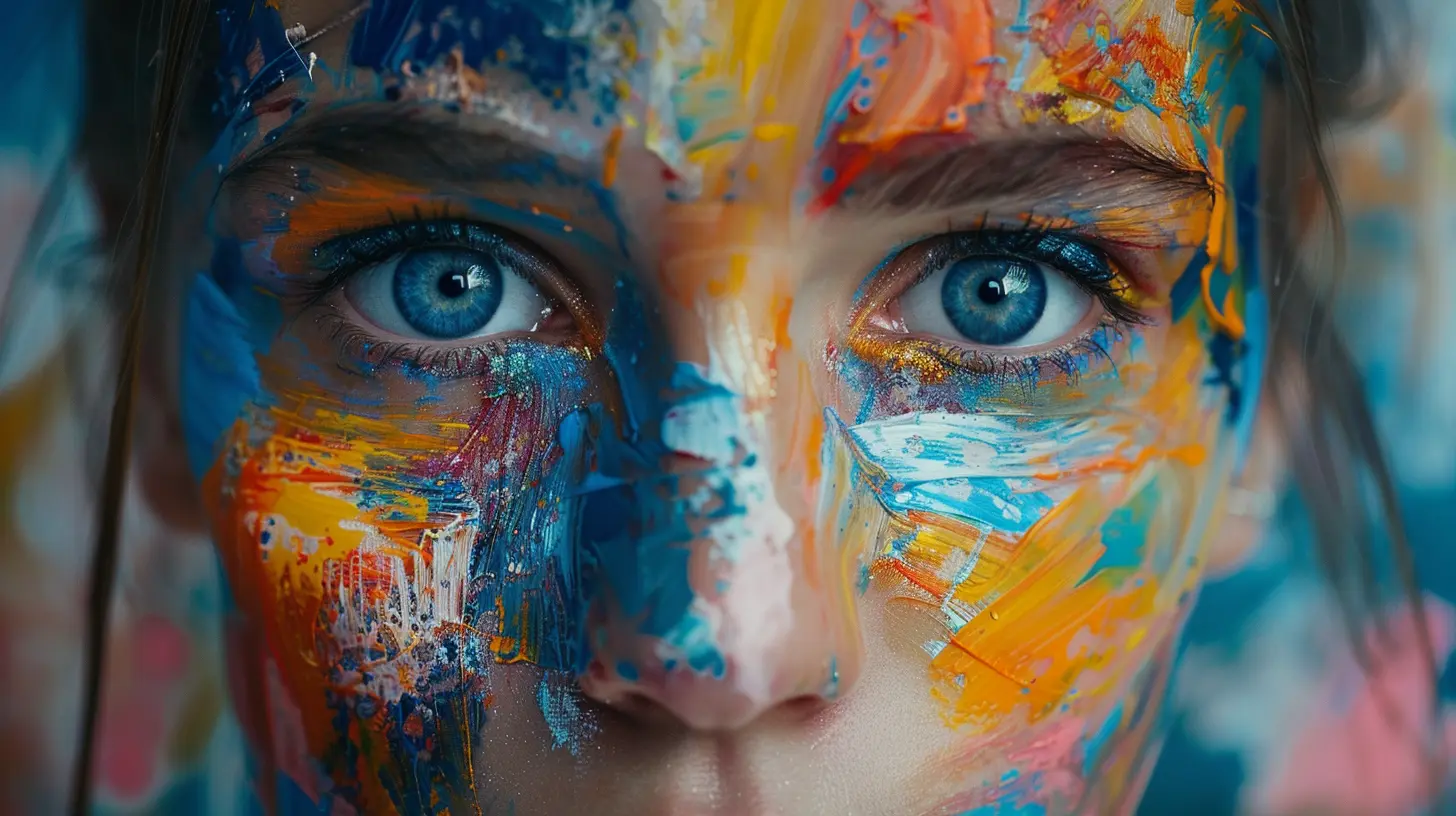
Why Identity Matters (Especially for Teens)
Before we jump into the artsy part, let’s talk identity.Identity is not just a name on a birth certificate or the zodiac sign you swear determines your fate. It’s the inner compass that shapes how you see yourself, how you relate to others, and what you stand for. And adolescence? That’s when this compass starts going haywire.
With all the changes—physical, emotional, and social—teens are in a constant state of figuring things out. Who am I? Where do I fit in? What do I stand for? These questions can feel overwhelming, and without a healthy outlet, they can lead to self-doubt, anxiety, or worse—self-comparison (hello, social media pressures!).
Enter: art.
Art as a Tool for Self-Expression
Imagine trying to describe exactly how you feel but falling short on words. Ever been there? We all have. Now, imagine picking up a paintbrush and splashing colors onto a canvas, suddenly seeing your emotions reflected right in front of you. That’s the magic of art—it gives feelings a visual (or auditory, or physical) form.For teenagers, this is huge. They may not always be able to verbalize their inner struggles, but they can show them through drawings, poetry, dance routines, or even graffiti. The beauty of creative outlets is that they don’t require logical explanations; they just are.
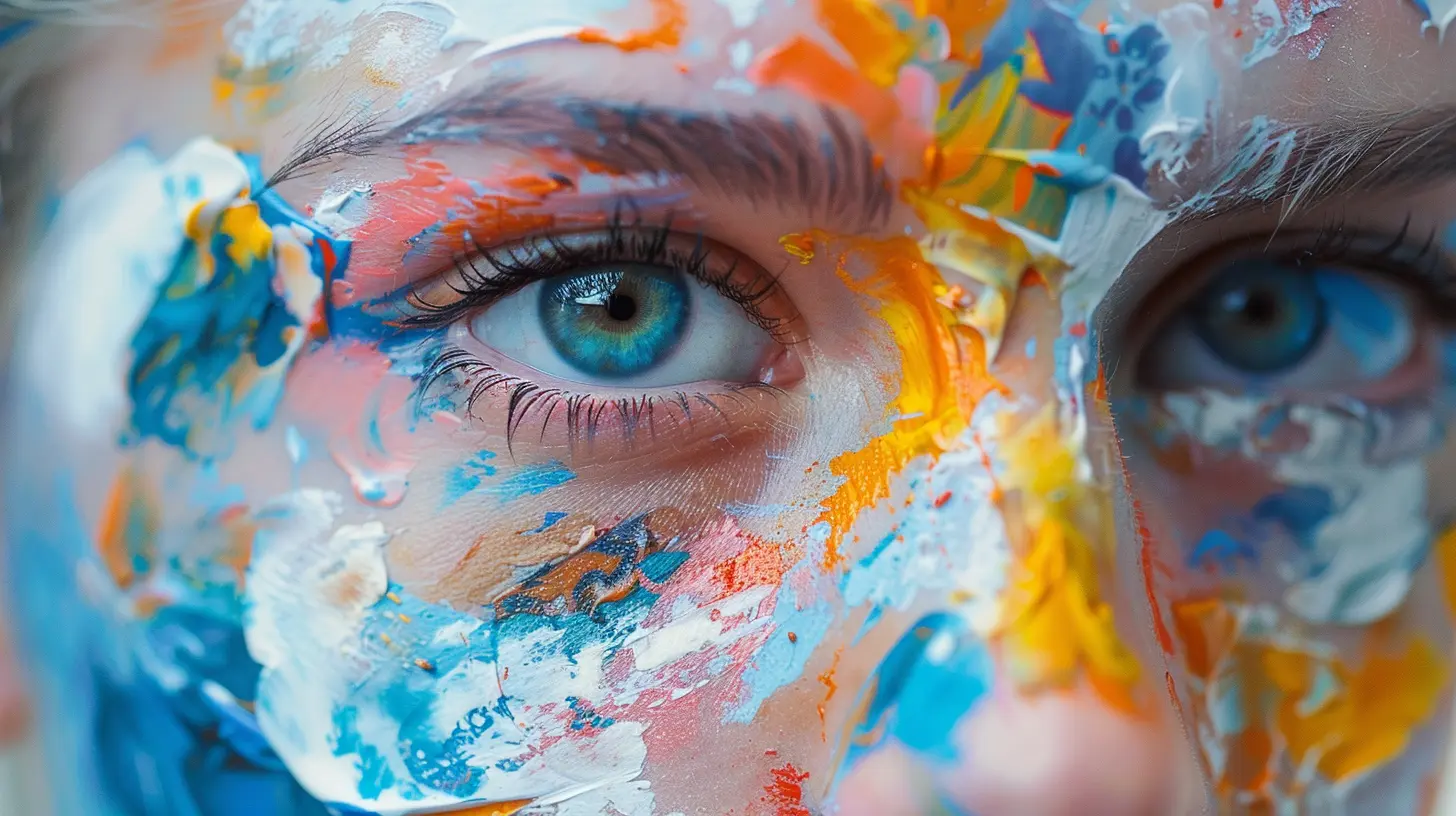
The Different Forms of Art and Their Impact on Self-Discovery
Not all artists are created equal, and not all art looks the same. There are endless ways for teens to channel their inner selves through creativity, each offering a different kind of self-exploration.1. Visual Arts: Painting, Drawing, and Photography
For the introspective teen, visual arts—like painting and photography—offer a way to capture emotions, experiences, and even the unknown parts of their identity. Ever seen someone’s sketchbook? It’s like peeking into their soul.- Why it works: Creating abstract or realistic images allows adolescents to express emotions they may struggle to verbalize. It also helps them see their growth—literally, as their artistic skills develop over time.
- How it helps with self-discovery: Every stroke, color choice, or subject selection says something about how they see the world and themselves.
2. Music: Lyrics, Instrumental Play, and Composition
Music is cathartic. Whether it's blaring headphones to drown out the world or strumming a guitar to release pent-up frustration, music has a way of making emotions more tangible. Writing songs, composing beats, even just curating playlists—they all tell a story about personal identity.- Why it works: Music is deeply emotional and can articulate feelings in ways plain speech cannot.
- How it helps with self-discovery: Teens get to feel their emotions instead of suppressing them. Music can reveal hidden passions, wounds, and dreams.
3. Dance and Movement: Expressing Through the Body
Not every teen is a talker—some are movers. Dance is a phenomenal outlet for teens who express themselves physically rather than verbally. Whether it’s contemporary ballet or freestyle hip-hop, movement helps process emotions in real-time.- Why it works: It’s physical, instinctive, and visceral. Plus, it builds confidence and body awareness.
- How it helps with self-discovery: Dance allows for raw, unfiltered self-expression—without needing to explain a single thing.
4. Writing and Poetry: Turning Emotions into Words
Ever read a poem that just gets you? That’s the power of the written word. For teenagers who feel lost in their own shifting thoughts, writing is like therapy—minus the awkward small talk.- Why it works: Writing forces introspection and helps process feelings in a structured way.
- How it helps with self-discovery: Journaling, poetry, and storytelling allow teens to explore different aspects of their identity through different voices and perspectives. 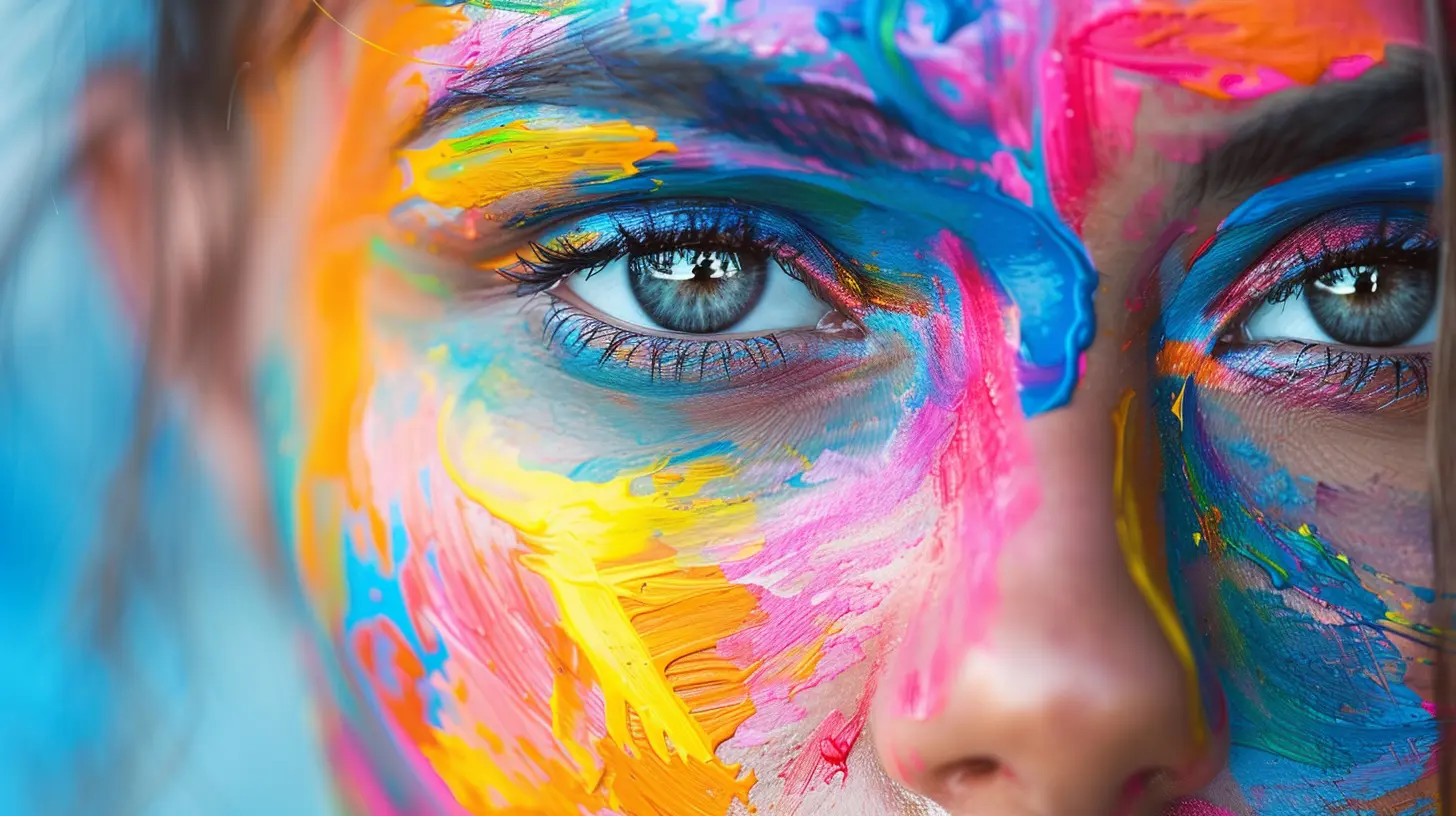
Art as a Safe Space for Identity Exploration
One of the biggest reasons art is so invaluable in adolescence? It creates a judgment-free zone for self-exploration.Let’s be real—society, school, even family can sometimes make teens feel like they need to fit into neat little boxes. Be this. Act like that. Don’t be too weird. But art? Art says, Screw the boxes. Just create.
When given the freedom to create without expectations, teens can explore different parts of themselves in a way that feels authentic. They can experiment with different personas, emotions, and ideas—without fear of getting it "wrong." 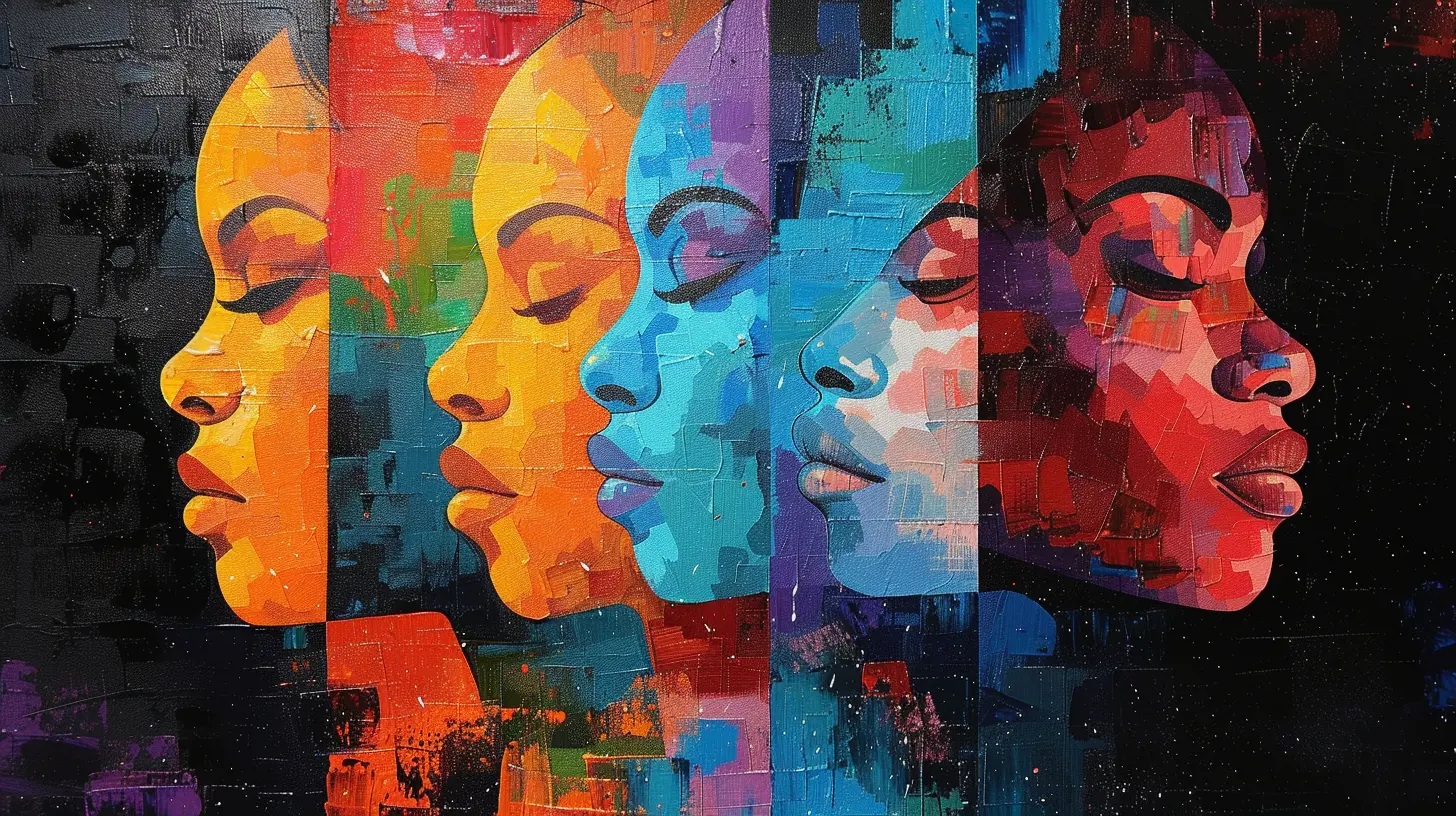
How to Encourage Artistic Self-Discovery in Adolescents
So, how can parents, teachers, and mentors help teens tap into art as a tool for self-exploration? Here are a few ways:1. Make Space for Creativity
Not every household has an art studio, but every home can foster creativity. Provide materials—sketchbooks, instruments, notebooks, cameras—whatever sparks their interest.2. Remove the Pressure to Be “Good” at It
Creativity isn’t about performing—it’s about expressing. Encourage teens to create without worrying about talent, grades, or social media likes.3. Introduce Different Forms of Art
Maybe they don’t like drawing, but give them access to poetry, dance, photography, or music. Identity is complex; so are artistic outlets.4. Use Art as a Conversation Starter
Instead of asking, "How was your day?" (cue the dreaded one-word response: fine), ask, "What are you working on creatively right now?" Conversations about art can be way more engaging and revealing.5. Support Their Creative Risks
If a teen decides to write a song about heartbreak or paint something abstract that makes no sense to you—support it. Art is not about making you comfortable; it’s about helping them process their world.Final Thoughts
Art isn’t just doodles in the margins of math notebooks (though, let’s be honest, those doodles mean something too). It’s a mirror, a window, and sometimes even a lifeline for teenagers trying to make sense of themselves.Self-discovery doesn’t come with a roadmap, but art? Art is like a compass, guiding teens toward understanding who they are—without needing all the answers just yet.
So, the next time a teenager picks up a paintbrush, strums a guitar, or fills a journal page with whatever's on their mind, remember: they’re not just creating art. They’re discovering *themselves.
all images in this post were generated using AI tools
Category:
Art EducationAuthor:

Olivia Lewis
Discussion
rate this article
1 comments
Duke McDonald
Art + Adolescence = Identity Adventure! 🎨✨ Let’s celebrate those messy, colorful journeys of self-discovery where every brushstroke tells a story. Who knew exploring the inner self could be so creative and fun? Keep painting your unique masterpiece!
August 5, 2025 at 11:35 AM

Olivia Lewis
Absolutely! Art truly is a powerful tool for self-exploration, allowing adolescents to express their unique stories and experiences. Let's continue to celebrate these vibrant journeys! 🎉
